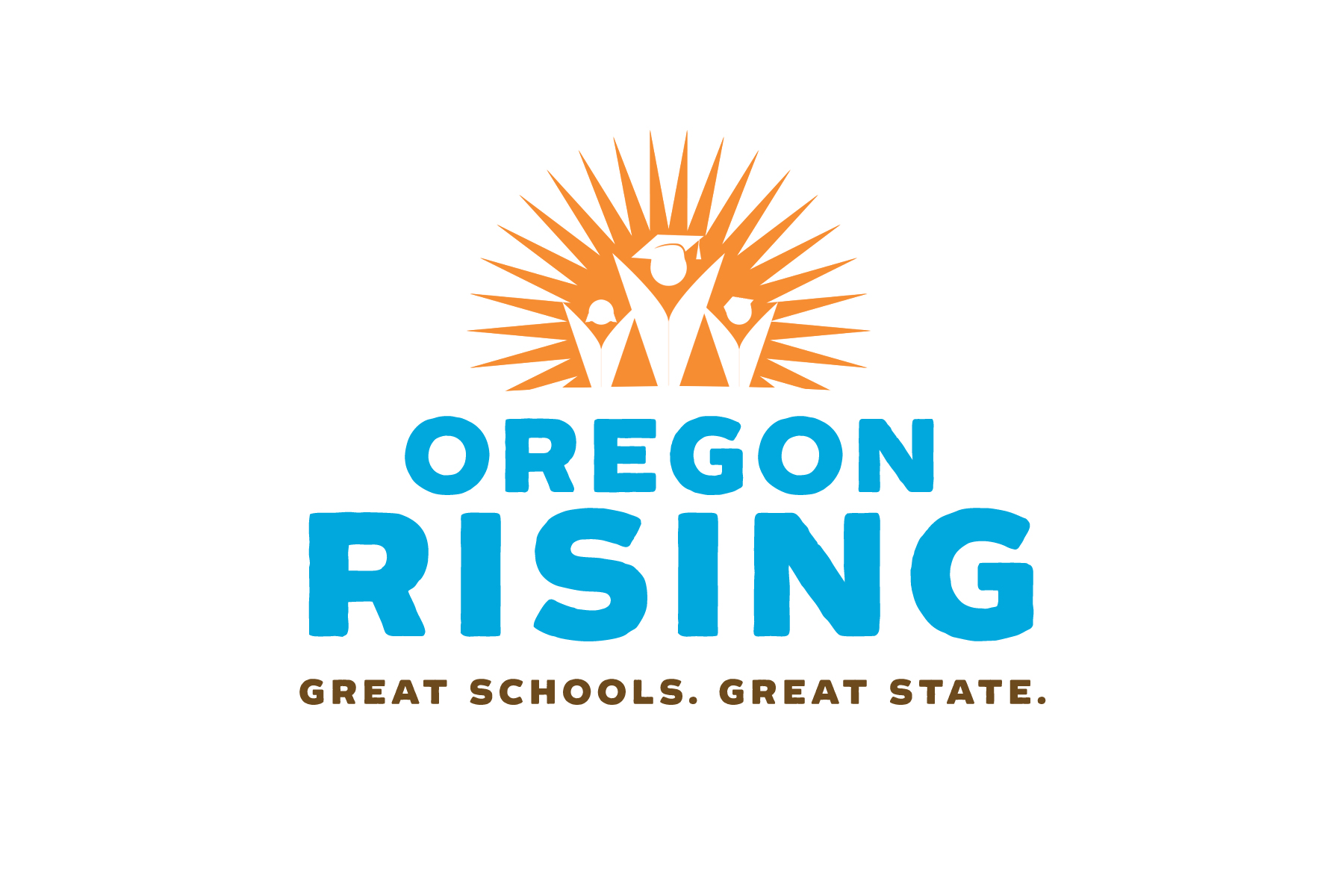You are here
10,894 Oregonians Weigh In: Education is 'very important' and 'we want more for our students'
The findings of what may be the largest public outreach and survey effort to be conducted in Oregon have been released, with the sheer volume of participants alone – nearly 11,000 – demonstrating intense engagement.
The Oregon Rising survey was part of a statewide outreach effort that invited Oregonians to gather at community meetings to share dreams and help shape the future of education in Oregon. The program is sponsored by three of the state’s leading education organizations – the Confederation of Oregon School Administrators, Oregon School Boards Association and Oregon Education Association.
The scope of the Oregon Rising outreach appears to be unprecedented. Single candidates have conducted state-wide “listening tours” but only Tom McCall’s 1970s-era public land discussions come close to the level of civic participation that the Oregon Rising gatherings and survey prompted.
Respondents clearly identified two main priorities for providing the education they want for Oregon students:
- First, they said, add teachers and staff to reduce class sizes, engage students and give them the individual attention they need to be successful.
- Next, provide a more well-rounded education. Respondents called for art and music, science, engineering and technology (STEM/STEAM), career technical/vocational training, civics and culture.
"Remarkably, these priorities were identified by at least half of respondents – and not from a checklist of options, but from an open-ended question that asked them to describe priorities. Combined with the high level of participation, the findings are very instructive," says Craig Hawkins, executive director of the Confederation of Oregon School Administrators. Short and long form reports of the findings are available on the Oregon Rising website at oregon-rising.org.
In another open-ended question, respondents addressed more than 100 topics as they described their dreams for education. More than a third of the comments centered on the desire for a more well-rounded education that includes science, technology, art, music, athletics and more electives. Another third focused on better preparing students for life after high school. After that, better engagement and learning scored high.
Responses show a high level of support for education: Ninety-seven percent of those who took the survey considered a good education to be “very important” to the future of each Oregon student, and 94 percent said a good education is “very important” to the state as a whole
The emphasis of the Oregon Rising work was on defining dreams for Oregon schools and students. “Yet one thing that really stands out is how practical people were,” says Adam Davis of DHM Research, a non-partisan research firm that specializes in Oregon public opinion about education. “They were expansive, and listed things that used to be part of education. There was a real focus on restoring the elements of a broad education. Even the more future-forward items of career technical programs are a throwback to when schools had shop class and vocational training.”
“Going into this project, we had statistics that showed Oregonians place education high on their list of priorities, but we didn’t know the intensity of their support, or what aspects of education matter most to them. Through Oregon Rising, we confirmed their devotion to education and learned more about their priorities,” says Betsy Miller-Jones, executive director of the Oregon School Boards Association.
“The dreams people described in their responses were lofty, but not extravagant,” points out Dick Terry, executive director of the Oregon Education Association. “It’s clear that Oregonians want more for students. If we can solve the staffing and programming elements, the rest will follow. Greater student engagement comes with lower teacher-to-student ratios, and more diverse programming comes with up-to-date resources and tools for students.”
“The vast majority of the dreams are possible,” says Miller-Jones. “Our next step is to define what it would cost to deliver on the requests and how to get that funded.”
The survey consisted of 23 questions, including six open-ended queries, and took approximately 15 minutes to complete. 10,894 respondents took it online, with approximately 30 percent participating while at a meeting, and 70 percent completing it independently.
Short and long form reports of the findings are available on the Oregon Rising website at oregon-rising.org.

